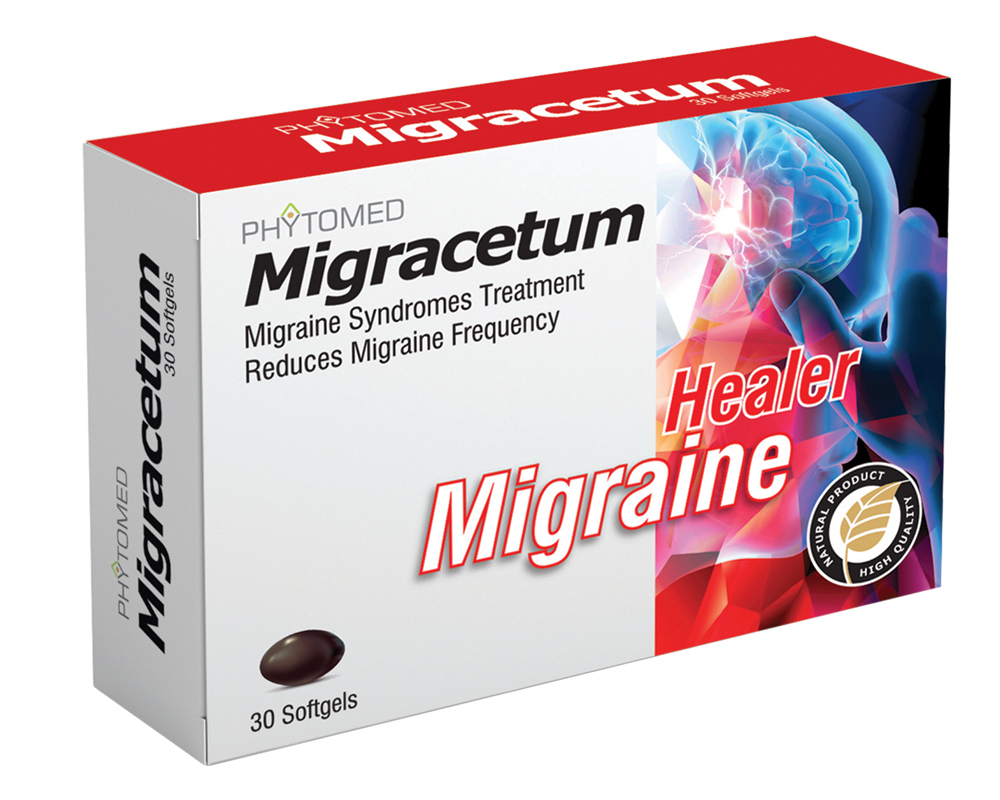Conducted Researches
In a placebo-controlled trial, 72 patients with migraine were studied. Based on this study, the researchers demonstrated that the active substances of Tanacetum parthenium are useful not only for migraines and cluster headaches, but also for premenstrual, menstrual headaches, and other headaches.4
A study on eight patients treated with Tanacetum parthenium and nine placebo-controlled patients showed fewer headaches reported by patients taking Tanacetum for up to 6 months of treatment. Patients in both groups treated themselves with Tanacetum for several years before entry to the study. The frequency of headache remained constant in patients who received Tanacetum, but almost tripled in patients receiving placebo during the study. In this study, the abrupt discontinuation of consumption of Tanacetum in some patients caused severe headaches, but nausea and vomiting decreased in patients taking Tanacetum.5
In another study, ten patients who had taken extracts of the plant for up to 8 years to control migraine headaches were evaluated for physiologic changes that may have been related to the plant. The platelets of all the treated patients aggregated characteristically to ADP and thrombin similarly to those of control patients. However, aggregation in response to serotonin was greatly attenuated in the feverfew users.6
In a double-blind clinical study, 90 patients suffering from migraine were diagnosed according to the International Headache Society (HIS) criteria. At first, the patients were divided into two groups of 45, the first group received 1 capsule containing 125 mg of Tanacetum parthenium and the second group received a placebo capsule. After 105 days from the beginning of the study, the analysis of the results showed a reduction in pain intensity in 82.9% of cases treated with Tanacetum capsules. Moreover, a significant difference was observed between the Tanacetum and placebo groups.7
In another 4-month clinical study on 72 cases suffering from migraine, with a history of more than two years, it has been indicated that the number and severity of migraine attacks decreased in the treated- group with Tanacetum compared to the control group.8
A double-blind placebo-controlled clinical trial on 57 patients suffering from migraine have shown that migraine symptoms such as headache, vomiting and sensitivity to light decreased in the group treated with 50 mg Tanacetum capsules in comparison with the placebo control group.8
Reference
- Heptinstall, S., Williamson, L., White, A. & Mitchell, J. R. A. EXTRACTS OF FEVERFEW INHIBIT GRANULE SECRETION IN BLOOD PLATELETS AND POLYMORPHONUCLEAR LEUCOCYTES. Lancet 325, 1071–1074 (1985).
- Kwok, B. H. B., Koh, B., Ndubuisi, M. I., Elofsson, M. & Crews, C. M. The anti-inflammatory natural product parthenolide from the medicinal herb Feverfew directly binds to and inhibits IκB kinase. Chem. Biol. 8, 759–766 (2001).
- Pareek, A., Suthar, M., Rathore, G. S. & Bansal, V. Feverfew (Tanacetum parthenium L.): A systematic review. Pharmacognosy Reviews vol. 5 103–110 (2011).
- Murphy, J. J., Heptinstall, S. & Mitchell, J. R. A. RANDOMISED DOUBLE-BLIND PLACEBO-CONTROLLED TRIAL OF FEVERFEW IN MIGRAINE PREVENTION. Lancet 332, 189–192 (1988).
- Johnson, E. S., Kadam, N. P., Hylands, D. M. & Hylands, P. J. Efficacy of feverfew as prophylactic treatment of migraine. Br. Med. J. (Clin. Res. Ed). 291, 569 LP – 573 (1985).
- Biggs, M., Johnson, E. S., Persaud, N. & Ratcliffe, D. PLATELET AGGREGATION IN PATIENTS USING FEVERFEW FOR MIGRAINE. Lancet 320, 776 (1982).
- کریمی، ح.، رخشنده، ح.، اسماعیلی، ح.، 1386. اثر گیاه تانستوم پارتنیوم در درمان میگرن. مجله دانشکده دانشگاه علوم پزشکی مشهد. 338-333.
- Murray, L., Lagow, B., 2004. PDR fer Herbal Medicines, 3r1.1 ed. Montvale, NJ: Thomsen PDR. 992.

